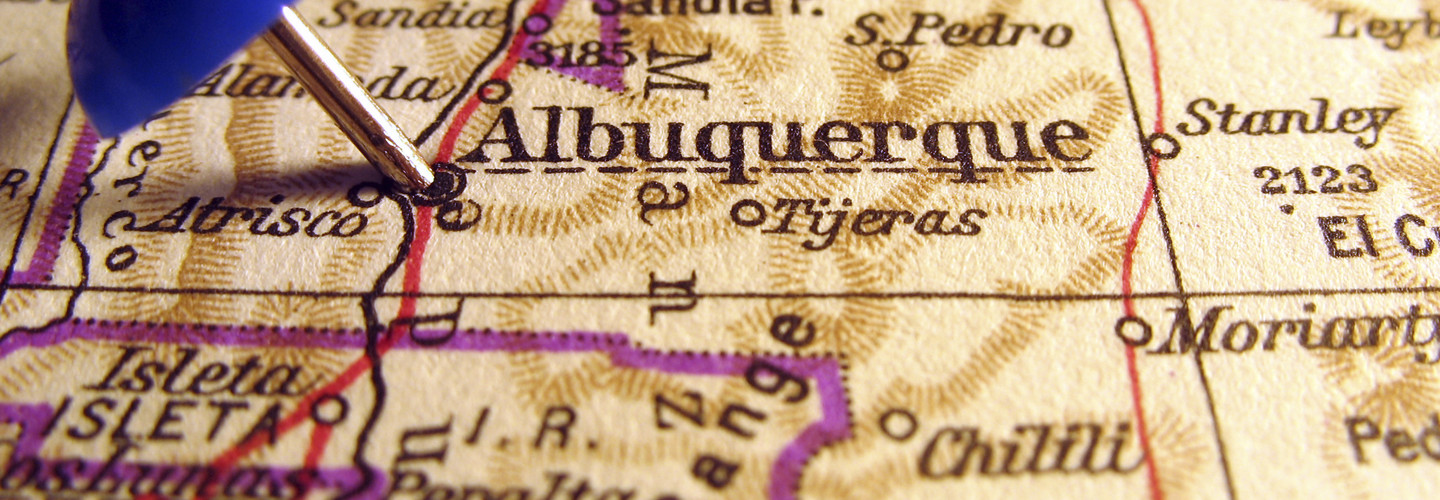How Albuquerque Defines Open Data ROI
Albuquerque, New Mexico, is taking a proactive approach to open data — and it’s paying off.
City officials are ramping up their outreach to universities, newsrooms and anyone who has an opinion about what government data to release to inform and empower residents. Those insights have led to the release of more than 50 data sets to the public, including information on the pollen count, movie locations, government salaries and more.
Albuquerque gets that open data doesn’t mean dumping data onto a government website and expecting the public to figure out what everything means.
“This comes down to changing the dialogue,” Mark Leech, the city’s application services group manager, told StateTech. “We are trying to say, ‘Instead of being that gatekeeper, how can we change the dialogue? How can we help you? How can we tell you what’s out there?’ ”
That mindset has permeated the mayor’s office and spread to city agencies. Leech said his open data conversations with government agencies are framed in the context of returns on investments.
“We have been very careful about expressing everything as an ROI,” he explained.
Leech and his counterparts use funding from a modest innovation fund to partner with agencies and seed new open data projects. Next on the list is releasing information about the city’s nature trails.
Showing the Value of Open Data
Open data initiatives enabled the city to eliminate three positions dedicated to fielding calls from residents who wanted to know when their buses would arrive and other transit questions. Those positions were not filled, and no employees were laid off, said Brian Osterloh, the city’s associate CIO. “That is realized savings,” he said.
Since fiscal 2012, calls to Albuquerque’s 311 information line have decreased by more than 420,000 calls a year, Osterloh noted. Agencies see the value in releasing data to more efficiently answer questions.
For example, Carfax asked the city’s Vehicle Pollution Management Division to send vehicle emission test results every week or so, Osterloh said.
“The division knew about open data and asked can we put it out there and make them [Carfax] come get it,” he explained. That is how the agency found a less cumbersome means to comply with an open records request.
The city had passed a resolution decades ago calling for the development of a website to make data available to the public. It wasn’t thought of in terms of open data requirements, but the resolution helped build a foundation for today’s open data efforts.
Using Data to Change Public Perception
Data sets released under Mayor Richard Berry's Open Data Initiative, launched in 2012 to promote the development of apps and services for public use, led to several new apps that help people plan their bus routes and locate their buses.
The ABQ RIDE app tells users where their bus is within about 30 second. GPS data on the buses are relayed back to the central app, Leech said. Someone standing on a cold street corner may perceive the bus as being late when, in fact, it is around the corner at a red light. The app provides them with accurate information.
“It’s not just enough for Albuquerque to do this,” Leech said.
That’s why the concept is being shared with regional transit authorities to expand the services through four transit agencies across four counties, covering 40 miles south, 70 miles north, 20 miles east and 50 miles west of Albuquerque, Osterloh said. Most companies already incur the cost of tracking their buses. “So the real cost is what it takes to get data to the public. That is cheap,” he said.








